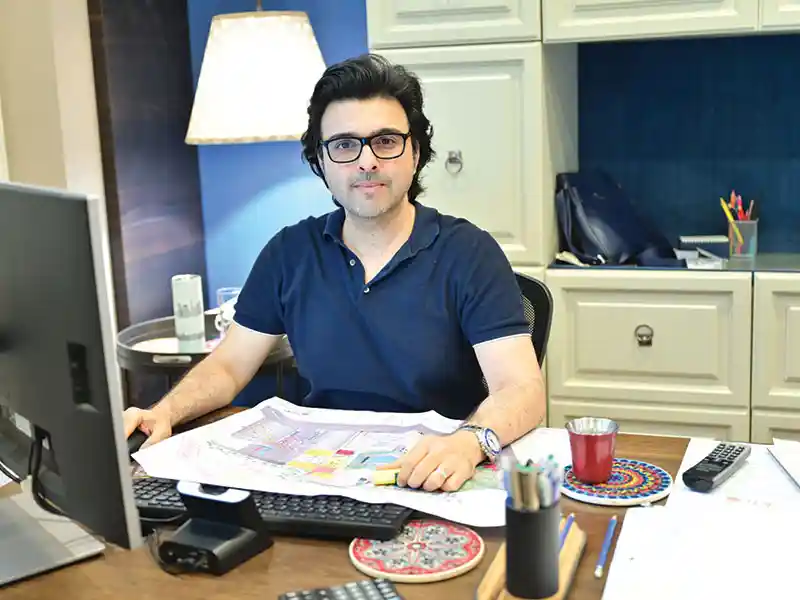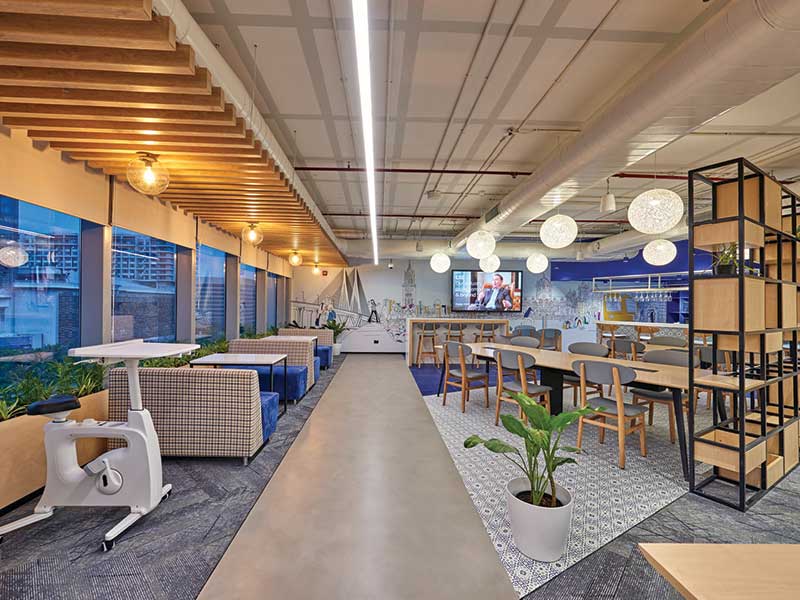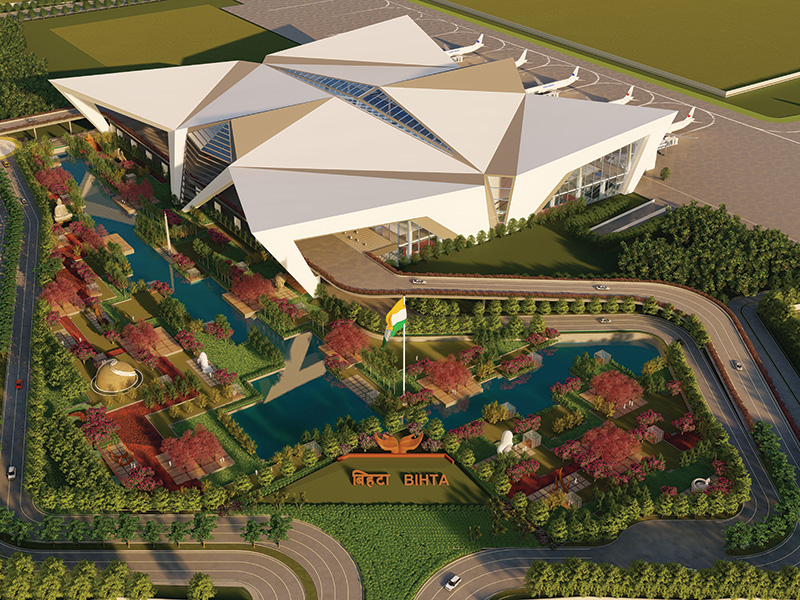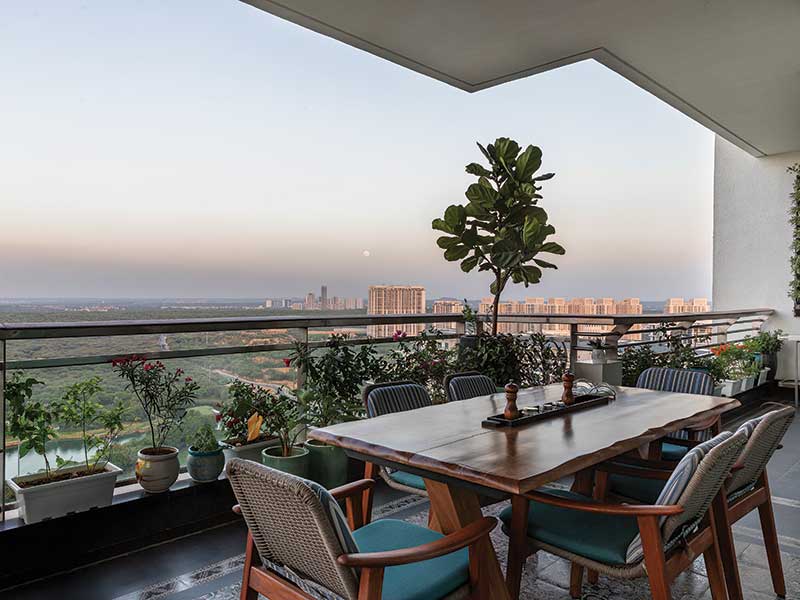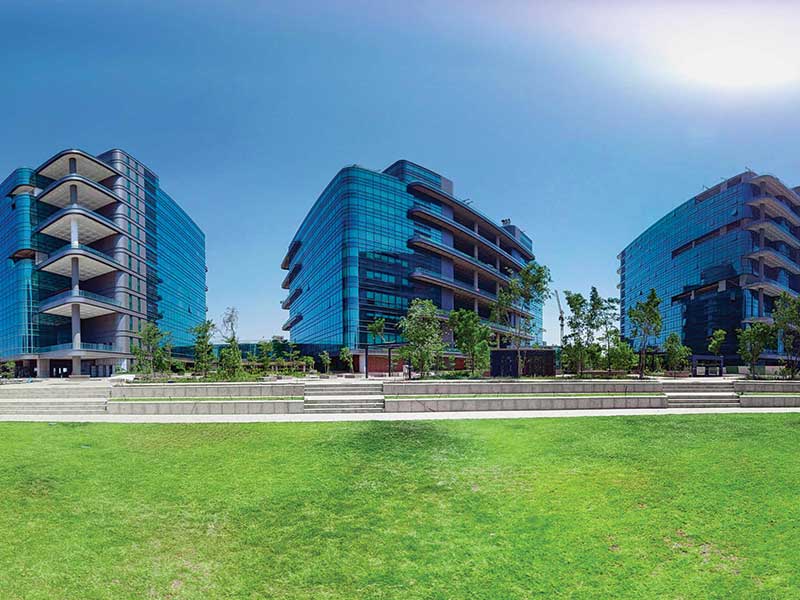Architects Uphar Chibber & Prashaant Kochhar, LTDF
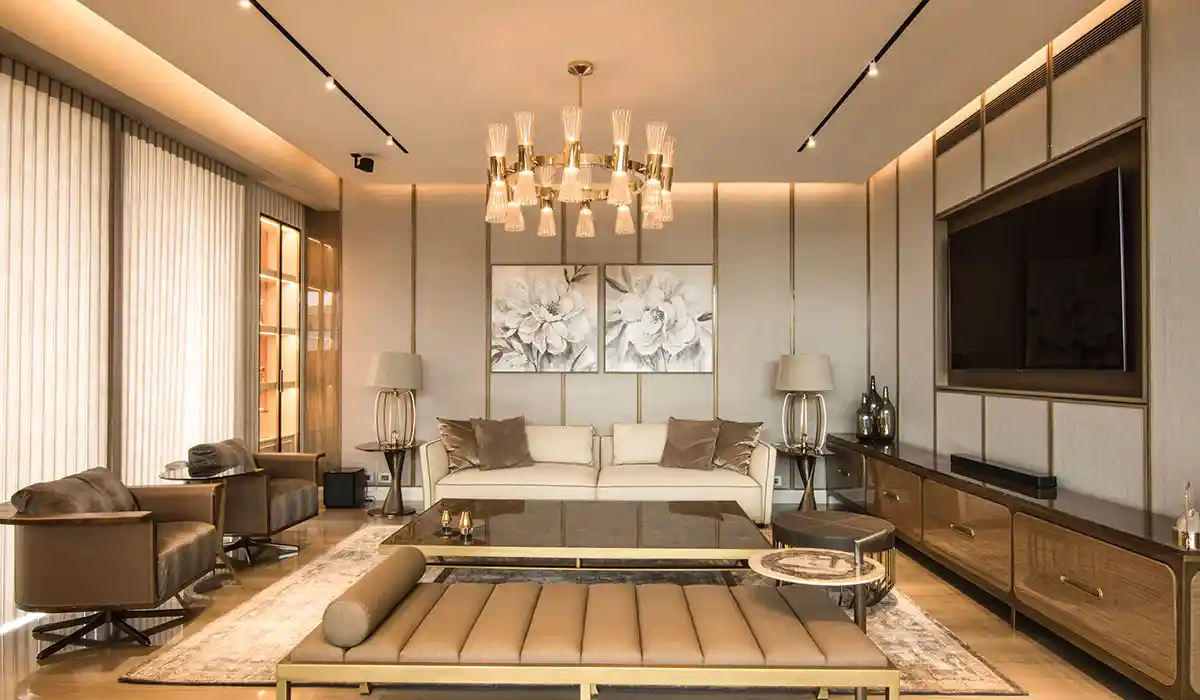
Value engineering is a methodical, coordinated strategy for getting the most out of a particular designed product. The concept of Value Engineering (VE) is often considered pragmatic. There is a common myth associated with the term. Often, it is synonymous with simply cutting costs. However, this isn’t always true. The real intent of Value Engineering is adopting a methodology that aims to add to the overall value of the resultant product or space. Simply put, value engineering is the process of designing and engineering all aspects of a project to maximise functionality, quality and performance while maintaining efficiency in the building process.
To be able to do this, it is important to first define the term ‘value’. While value is essentially intangible, it is precipitated by a focus on aesthetics, impact, aspirations, and needs. The time taken to complete the construction of a project or the length of the lifetime of a space can also define value. In some cases, it might even be defined by the cost factor. However, the cost, in its overall sense, is the facilitator of creating value and is not entirely dependent on it.

Value also lies in creating a conscious impact and a sustainable structure, no matter the cost. A client might sometimes see value in creating societal capital with a luxurious and grand space. In the domain of residential design, the client is the largest stakeholder in the value-defining process. On the contrary, when designing for the retail sector, the scale of the project and, thus, the associated value multiplies. Usually, the project’s desired value is maximising sales by highlighting the product and thereby generating revenues. In this case, the value is of experience and aspiration—of the client’s users.
Another example is the real estate sector, where the cost is the determining factor for the end user, i.e. the buyer, especially in the case of houses targeted to mid-income households. In order to achieve maximum value, it is important that all the agencies involved in delivering the project—designers, manufacturers and sellers—work in synchronisation from the beginning to create this all-around value. While choosing the materials, one must ensure that the original design intent or operation is not compromised and that choices are modified in the initial design stages rather than affecting efficiency later on. These numerous factors that come into play can be synced to achieve the desired budget if value remains the major driving force for the project’s intentions from the get-go.
As architects, understanding the end-users, their stated and unstated needs and aspirations is very important in the value-engineering process of design spaces as is employing an ever-expanding technological infrastructure to create spaces that evolve with time and use
Uphar Chibber
The cost attached to executing a project may not always be lowered by having value-engineered the design—sometimes, the need to spend more is in sync with the value that the designed space is expected to possess. Engineering becomes operative in the allocation of physical and monetary resources, and in determining what will last. The products may dilapidate, and the spaces may lose purpose, but what contributed to a project’s design value will leave its mark in time.
Shift in retail design landscape
From the local open markets of Agora in ancient Greece or the Indian bazaars to the retail giants of the twenty-first century, such as Walmart, Ikea and, of course, e-commerce, the retail industry has grown and witnessed a sea change of interventions in every consecutive era. With the advent of the internet and online shopping, it has become easier than ever for individual shoppers to equip themselves with industry knowledge and products that were inaccessible in the time of singular brick-and-mortar shopping destinations or department stores.
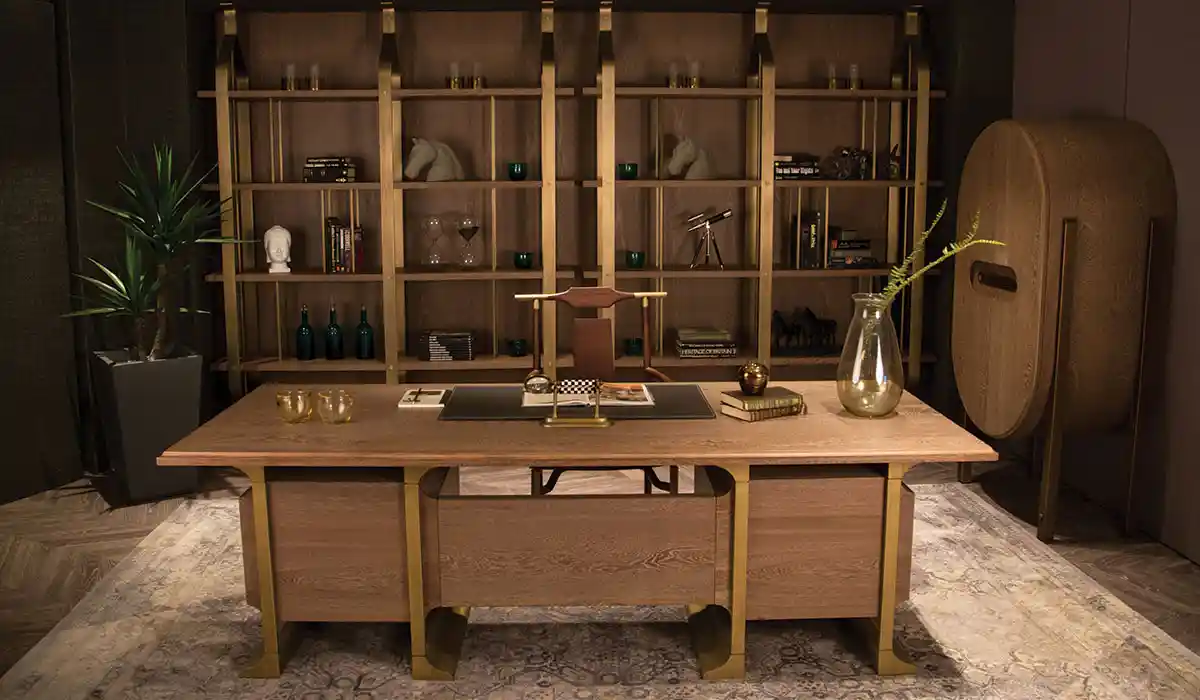
Today, retail starts on one’s laptop, phone or similar device, as digital shopping platforms offer at-home ease and thus seem to capture the maximum attention of customers. This “e-experience” is eventually translated into the built environment as the brand grows and invests in physical stores and experience centres. A lot of effort is being put into designing building facades and storefronts that leave an impression on the passer-by, creating intrigue and compelling them to step inside. Mixed with this intent is a push for greater brand recognition and recall. In a world where everything is aiming for our attention, bold and intense graphics or loud textual reminders are employed for more significant impact using these larger-than-life designs.
Luxury retail, in particular, has grown tremendously to accommodate more and more services as well as a greater dependence on technology, especially in the last few decades. Where the focus was initially on displaying the maximum number of products in shops, it has been shifted to curating the best client experience. Though led by luxury brands, the focus on brand recognition is now prevalent industry-wide. Partnerships with global icons and pop stars to become the face of the brand are one of the latest trends worldwide.
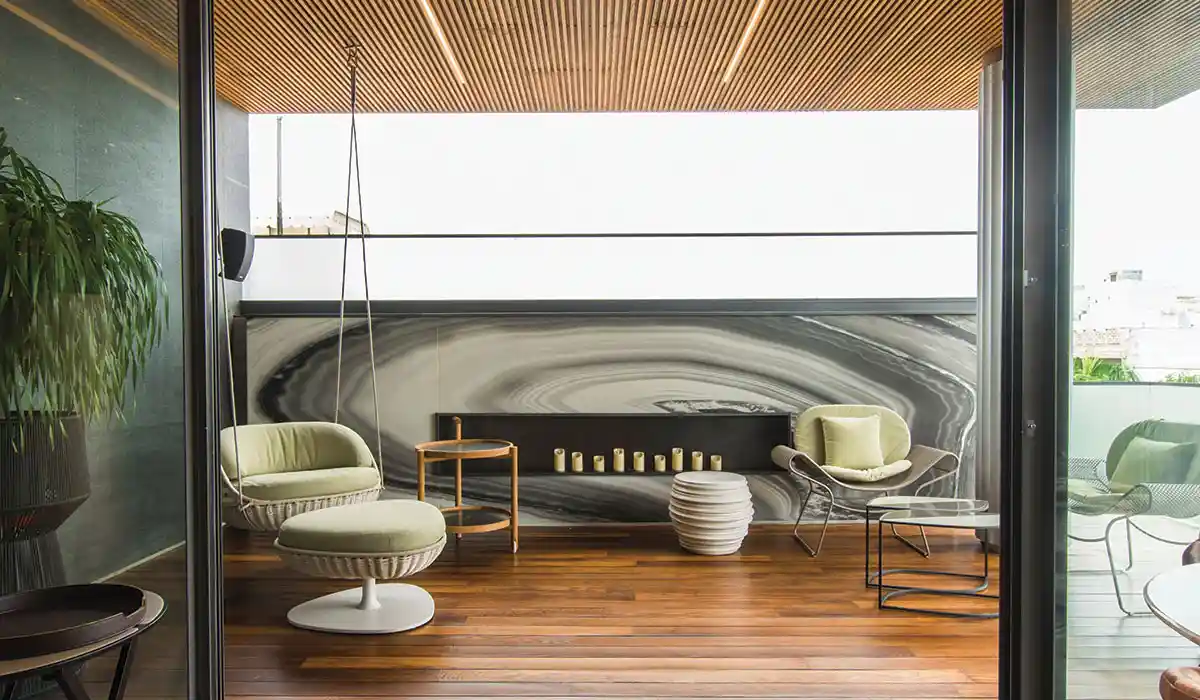
Some of the newer trends in retail store designs are playing with bold colour contrasts, text and typography on shopfronts and interiors alike. Experiments with visual media and moving graphics are also leading the design world. Inside the stores, lighting is a critical factor that determines the customers’ experience. White light up to 4000K is the newer trend, with LEDs being forefront in international retail.
The scale of the store has always been an integral element in luxury design in order to provide magnificence and grandeur subtly. Entrances and walkways are designed to give the customers room for exploration and discovery. Walkways ease one into a discrete display of alcoves on either side; reflective surfaces like mirrored walls and ceilings serve the same purpose, further increasing the sense of depth and splendour within that space.

At LTDF, we incorporate the planning of such stores on multiple levels as well as large-scale built-up areas. The sheer scale of these projects helps us take the concept of luxury boutique retail to newer heights. Tall self-illuminated niches, well-defined exhibits and jeweller windows carved into the walls add to the feeling of chic grandeur of the retail store. Luxury stores are more personalised to the shopper’s needs and choices than ever before while providing an experience that is unique yet trendy.
When designing a retail sector, the project’s desired value is maximising sales by highlighting the product and thereby generating revenues. In this case, the value is of experience and aspiration of the shoppers
Prashaant Kochhar
In the pre-pandemic era’s, opulence was expressed both in terms of grandeur and lavish design elements. This trend has seen a shift post-pandemic. In the current scenario, luxury is being defined more by offering personalised experiences, especially in the high-end segments. Luxury retail brands are focusing more and more on providing covert spaces for their clientele. VIP or privé sections inside high-end showrooms, once an extravagance, are now a necessity to include. These spaces help provide the customer with an exclusive space and the privacy to enjoy the shopping experience at a decelerated pace. This helps them feel relaxed and return home with a sense of rejuvenation. Some call it shopping; we like to call it a ‘Retail Therapy’!

